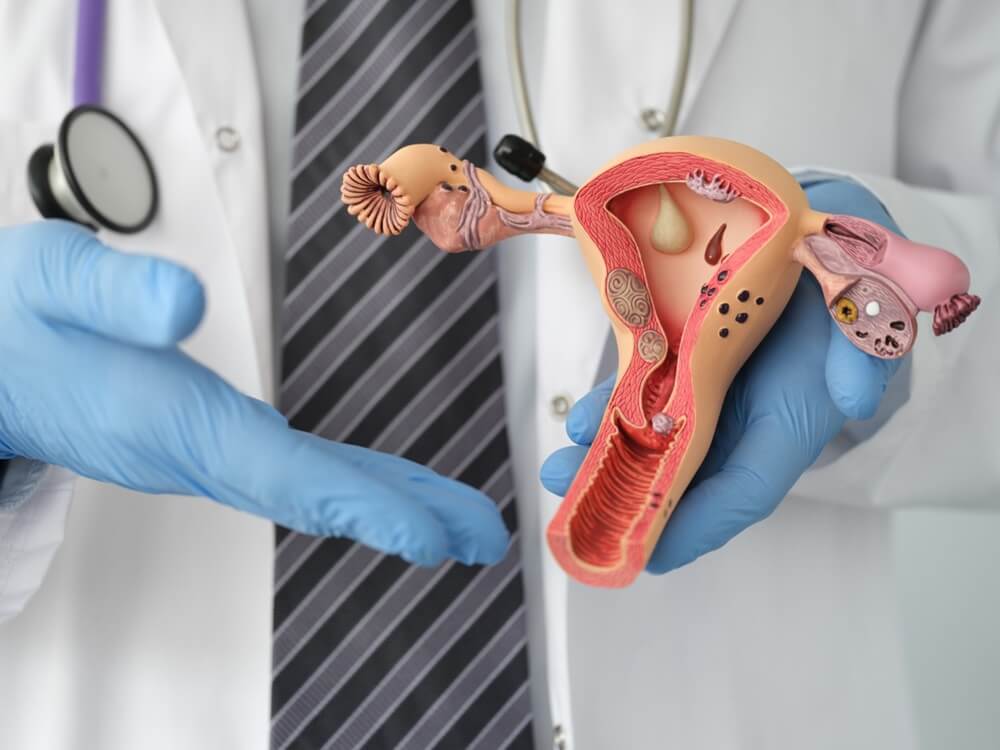Fibroids are benign (non-cancerous) tumors that grow in the uterus, either within the uterine muscular wall, inside the uterine cavity, or towards the outer surface. Some women, especially during childbearing years, may develop fibroids, and they typically vary in number and size, ranging from centimeters to several kilograms.
Fibroids tend to increase in size during pregnancy, causing problems such as miscarriage or postpartum bleeding.
Symptoms of Fibroids
Symptoms of Fibroids commonly include:
- Heavy menstrual bleeding or severe pain and cramping during menstrual periods.
- Longer duration of menstrual cycles and increased frequency.
- Feeling pressure or pain in the pelvic area.
- Difficulty or frequent urination.
- Increase in abdominal size.
- Chronic constipation.
- Lower abdominal or back pain.
- Pain during intercourse.
- Pregnancy problems, whether difficulty conceiving or recurrent miscarriages.
-
Diagnosis of Fibroids
Diagnosis of Fibroids is usually done through various methods, including:
- Ultrasound.
- Computed tomography (CT) scan.
- Magnetic resonance imaging (MRI).
- Hysteroscopy.
Treatment of Fibroids with Interventional Radiology
If fibroids are large and cause troublesome symptoms for the patient, treatment is necessary. With advancements in medicine and therapeutic techniques, interventional radiology has been adopted for treating fibroids. It is considered a minimally invasive treatment to avoid the need for surgery and general anesthesia. Through interventional radiology, blood supply to the fibroids is blocked, leading to their shrinkage and eventual death.
This is achieved by injecting special materials into the arteries through a catheter, which is inserted through a puncture in the main artery in the thigh.
The procedure usually takes about half an hour, and most patients can return home after just 6 hours following the procedure, with symptoms beginning to disappear within days.

